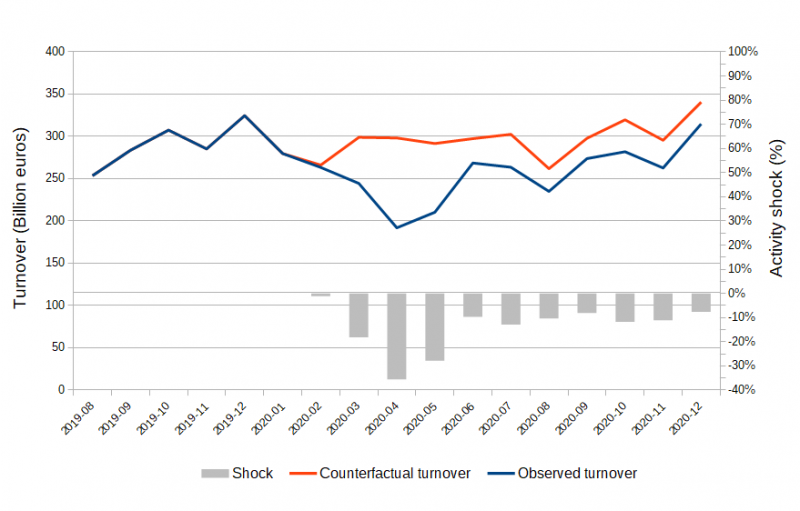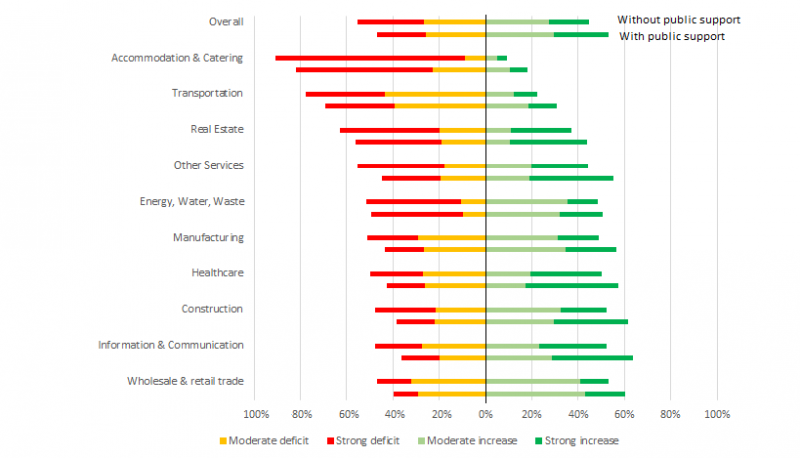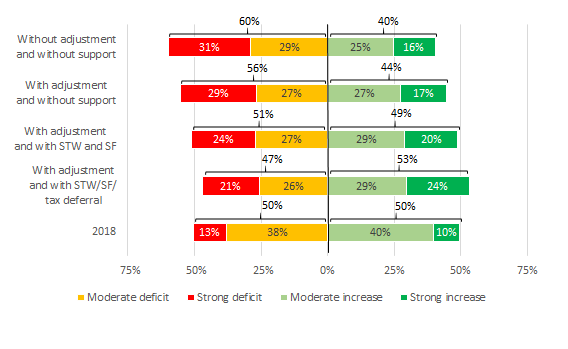References
Banque de France, “L’impact de la crise du Covid-19 sur la situation financière des entreprises et des ménages en 2020“, 2021.
Bureau, B., Duquerroy, A., Giorgi, J., Lé, M., Scott, S. and F. Vinas, “Corporate Activity in France amid the Covid-19 Crisis. A Granular Data Analysis”, Banque de France WP #823 / Insee WP #2021-02, 2021a.
Bureau, B., Duquerroy, A., Giorgi, J., Lé, M., Scott, S. and F. Vinas, “What Individual Data Tells us about the Covid-19 Impact on Corporate Liquidity in 2020”, Banque de France WP #824 / Insee WP #2021-03, 2021b.
Duc, C. and C. Souquet, “Impact of COVID-19 crisis on business organisation and activity”, Insee Premiere #1830, 2020.








